There may be more to your tires than you think—and it goes well beyond seasonality and vehicle type. Today’s consumer has a lot of options and many factors to consider beyond the happy-go-lucky summer tire. We talk to Jim Davis, tire expert and Goodyear® public relations manager, to shed some light on the subject of types of tires.
“Tires really matter—the four tires on a vehicle are the only points that touch the road surface. A tire has to transmit grip, traction, cornering performance, braking and ride—in any weather.” So, it’s worth the investment.
All-Season Tires
This jack-of-all-trades tire may or may not be right for you. “The decision to use winter tires versus summer or all-season tires is a personal decision,” Davis says. “A consultation with a local tire retailer is a good idea. Much of the decision is dependent upon the expected weather conditions a driver will face and the level of driving confidence he or she feels when driving in inclement weather, especially severe winter conditions.”
Winter Tires
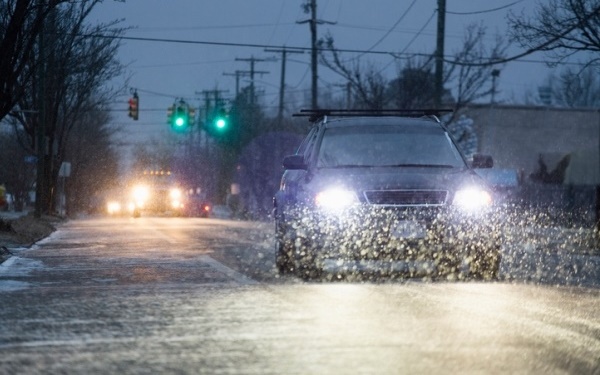 Snow, slush, ice—even just cold, dry streets—are all enemies of traction. The tread compound in winter tires is made to remain pliable in temperatures below 45°F, and grooves are widened for heightened grip in the slipperiest of conditions. “Regions that typically get a lot of snow and ice, or high elevation areas, can be good prospects for winter tire use. Also, many drivers with rear-wheel drive cars, especially sporty cars with summer ultra-high performance tires, may want to consider using winter tires,” Davis says.
Snow, slush, ice—even just cold, dry streets—are all enemies of traction. The tread compound in winter tires is made to remain pliable in temperatures below 45°F, and grooves are widened for heightened grip in the slipperiest of conditions. “Regions that typically get a lot of snow and ice, or high elevation areas, can be good prospects for winter tire use. Also, many drivers with rear-wheel drive cars, especially sporty cars with summer ultra-high performance tires, may want to consider using winter tires,” Davis says.
All-Terrain Tires
Not meant for city slickers, all-terrain tires are best suited for pickups and SUVs, Davis says, even those that spend most of their time on the highway. “[They give] the driver the ability to go off-road at times—perhaps for camping, hunting, etc. These are typically tires that feature more open space in the traction lugs and grooves of the tread, and are ideal for operating in rugged terrain on occasion.”

Run-Flat Tires
Want to lose that spare tire in your trunk? Consider run-flat tires, designed to keep on rolling far enough to get you to a service station or safe place if you run low on tire pressure. “Run-flat tires typically have a reinforced sidewall, meaning it can support the weight of the vehicle even with zero air pressure. This feature allows the driver, in most cases, to continue driving for a limited distance at a moderate speed,” Davis says.
Sport Performance Tires
If you like speed and precision, and you’ve got the sporty or touring car to match—which likely came with sport performance tires originally—look into these beauts. “These tires match the car’s focus on driving features such as steering response, excellent grip and cornering precision,” Davis tells us.
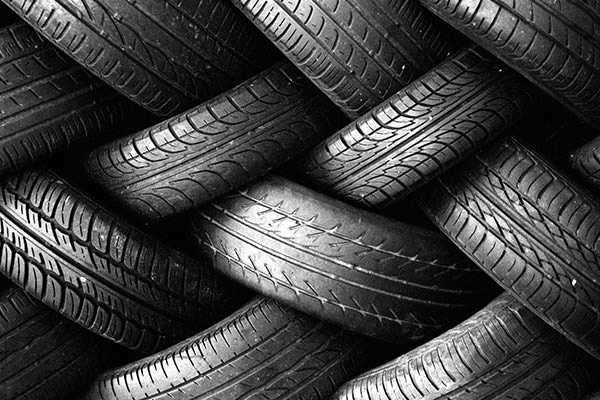 Fuel Efficient Tires
Fuel Efficient Tires
Owning a hybrid is not the only way to cut back on fuel costs. “Tires identified as ‘fuel-efficient’ typically have tread compounds that help them to achieve lower rolling resistance,” Davis says, which means they use less energy. Basically, you cover more ground without burning more fuel. Here’s Davis’s tip: “Keeping your tires properly inflated is one of the fastest, easiest and least expensive ways to improve your vehicle’s fuel efficiency.”
All these features, in most cases, can be mixed and matched among types of tires—summer sport performance tires that are run-flats, for example. It’s about finding the right balance. “A tire store salesperson can provide recommendations based on the type of vehicle, the driving behaviors of the consumer and the various features desired (maximum grip, long tread wear, fuel efficiency, etc.), but in the end the purchase decision is up to the buyer.”
Think you need new tires? Here are five signs to consider.

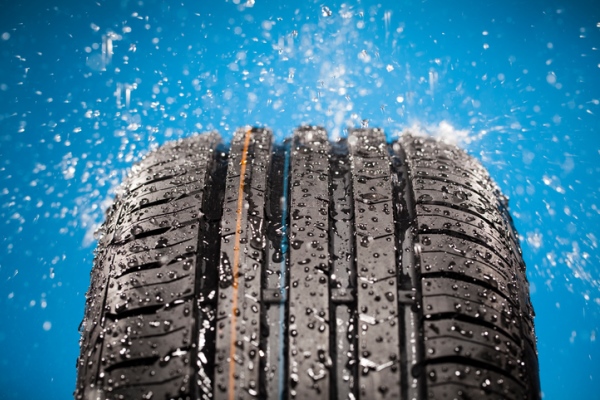



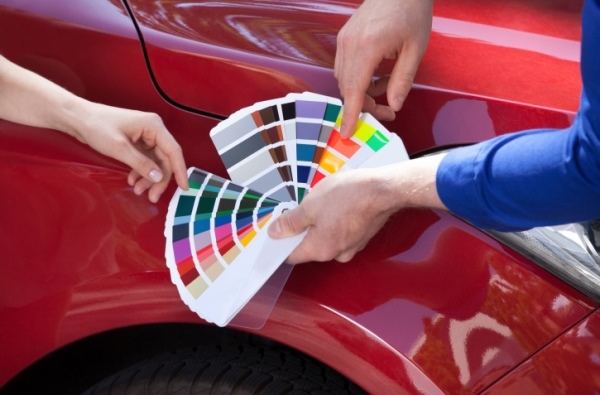


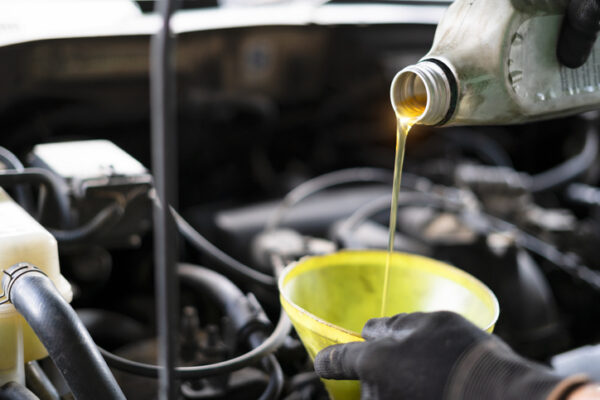

Lee says,
Studs??
Michael Thomas Hearn says,
Start off slow let the car or truck pull it self up to speed. If you traffic signal changing as you approach it. Let off the gas pedal coast and avoid hard braking. Don’t swerve in and out of traffic it creates traffic hazards.
Joe says,
Great ideas